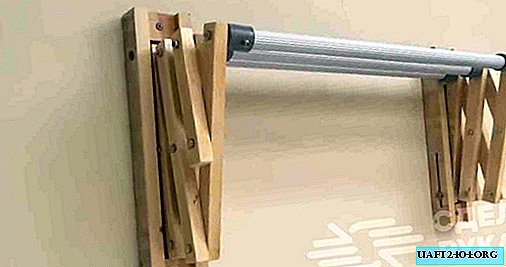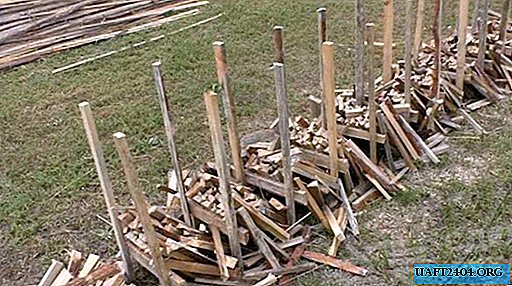Share
Pin
Tweet
Send
Share
Send
First you need to make the basis for the box. Materials that will be needed for this: a reel from under adhesive tape, thick cardboard, a simple pencil, scissors, PVA glue.

We draw a pencil around the outer diameter of the bobbin (it is indicated by a green dotted line in the photo). We carry out this manipulation three times. Get three identical circles. We will leave one for the bottom of the box. The other two come in handy for the top of the lid of our casket. The blue dotted line indicates the approximate diameter of the circle, which should be larger than the diameter of the bottom - this is the basis for the cover, the largest circle.

Now circle the inner diameter to make a circle that will be glued subsequently to the bottom of the lid. It is needed so that the lid does not slide off the casket. And since we then plaster the entire product with plaster, increasing the thickness of the walls, this circle must be reduced so that the lid fits freely on the box. The red dotted line shows how much approximately you need to reduce the circumference and cut the finished part.

It remains to work with glue to get the basis for the box. Three identical circles are marked in green in the picture, which we received when we circled the outer diameter of the bobbin - one for the bottom and two others for the top of the lid. The circle that turned out when we increased the outer diameter of the reel to make the base for the lid is marked in blue. Red color is the circle that we made, first circling the inner diameter of the bobbin, and then reducing it.

We glue the bottom.

The base for the box is ready. The lid is also glued - two identical circles are glued on top of the lid base one on one for thickness. In the pictures, the cap is visible from above and below. In the graphical editor, I showed the color where a circle is pasted.


Coat the base with a special primer containing quartz sand. In this example, the soil is water soluble, does not smell, dries quickly. Typically, such soil is sold in special construction stores. They cover the walls before applying decorative textured plasters (putties) for better adhesion (adhesion to the surface).


After the soil has dried, decorative plaster can be applied. It usually has the consistency of thick sour cream containing fillers, which after drying give an uneven stony texture. The plaster can be colored by adding special colored tinting pastes, which are sold in hardware stores or regular acrylic paints. In the pictures used color pigments of the German brand MIXOL. The hue was chosen to match the color of the starfish, since initially the color of the box was planned exactly that way.


The plaster is applied by brush, sequentially, with intermediate drying. First, cover the inside and the edge. Then, when it dries, apply the mixture to the outer surface and leave it to dry upside down. We do the same with the lid - first process one side, then dry, then the other.

After the plaster has completely dried, it depends on the temperature and humidity in the room - from 3.5 to 4 hours or more, the product must be sanded with sandpaper.

In the process, it became clear that you need to add some other shade, to complicate the color of the box. Therefore, color pigments of the same brand were used as before - MIXOL No. 22, this is a brown pigment. It was added to a transparent, semi-gloss, water-soluble paint, which, when dried, gives a waterproof film. In construction stores, there are usually on sale similar glazing compositions on acrylic dispersions.

Thanks to the glazing composition, which is applied by brush, the pigment is evenly distributed over the surface. Almost immediately, grout with a sponge should be done so that the relief is lighter than the deeper layers of the texture.


The next step is patination. For these purposes, any golden, water-soluble paint is suitable, you can take acrylic - one of the many golden shades. The picture used acrylic varnish with the addition of metallized pigment paste. With a dry brush, we draw in paint, rub it on paper, then apply it on the very top of the relief with light, multidirectional movements. Strongly and deeply do not paint, remove excess paint from the brush. The result should be an effect, as if we have before us an old uneven surface, darkened with time, but in some places gleaming.

Here's what happened:

This, probably, could stop. If, nevertheless, there is a desire and a creative fuse, we continue to decorate. For the next stage, you will need some detail, for example, dried starfish, twine, super-glue.


Decoration items come up on the go. While the glue thickens a little, we roll the twine, cut off the unnecessary and press it to the surface.


Ready product:


Share
Pin
Tweet
Send
Share
Send











